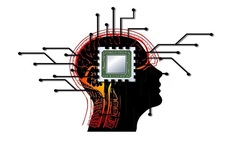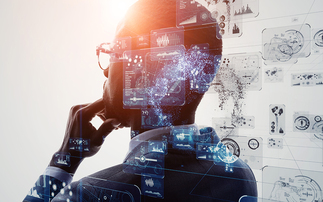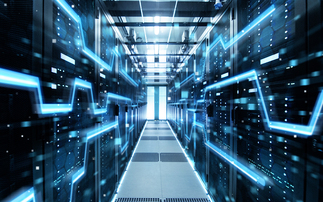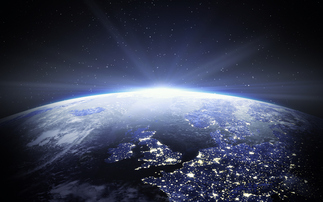Jim Scott considers the potential of big data to make our journeys a little bit smoother
Throughout history, one of humanity's great preoccupations has been getting from A to B. From horses, railways and boats to cars and planes, we've continuously developed new methods of transport to...
To continue reading this article...
Join Computing
- Unlimited access to real-time news, analysis and opinion from the technology industry
- Receive important and breaking news in our daily newsletter
- Be the first to hear about our events and awards programmes
- Join live member only interviews with IT leaders at the ‘IT Lounge’; your chance to ask your burning tech questions and have them answered
- Access to the Computing Delta hub providing market intelligence and research
- Receive our members-only newsletter with exclusive opinion pieces from senior IT Leaders




















